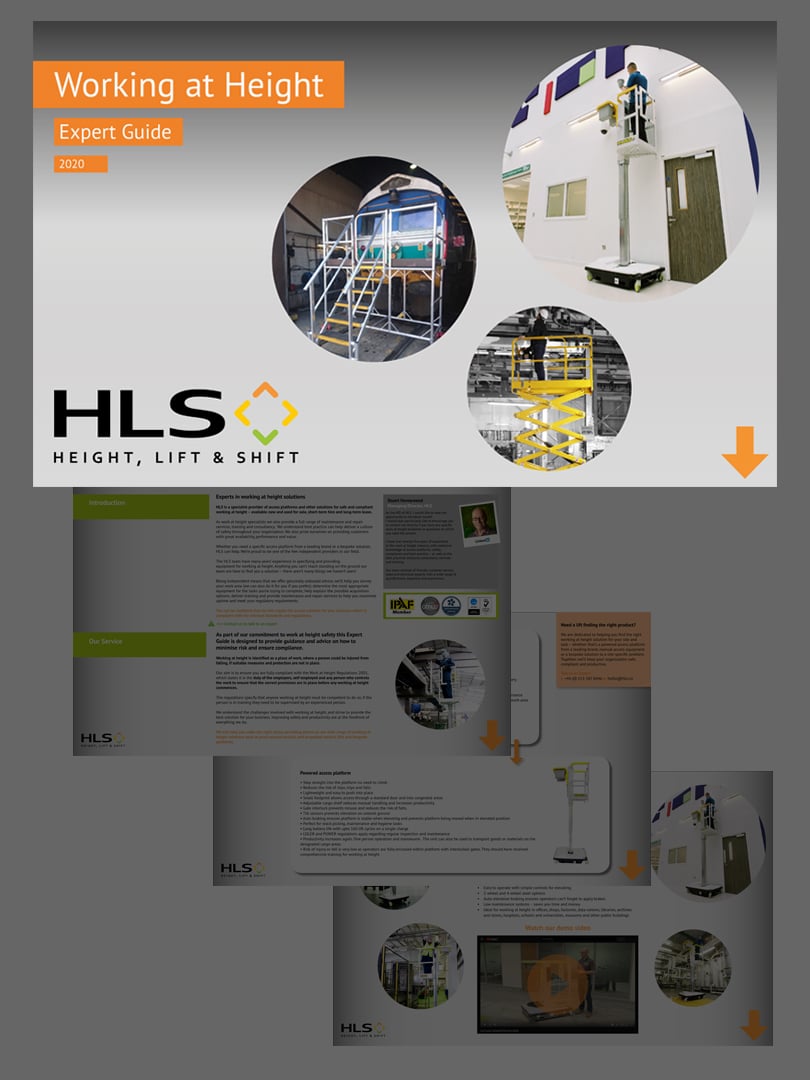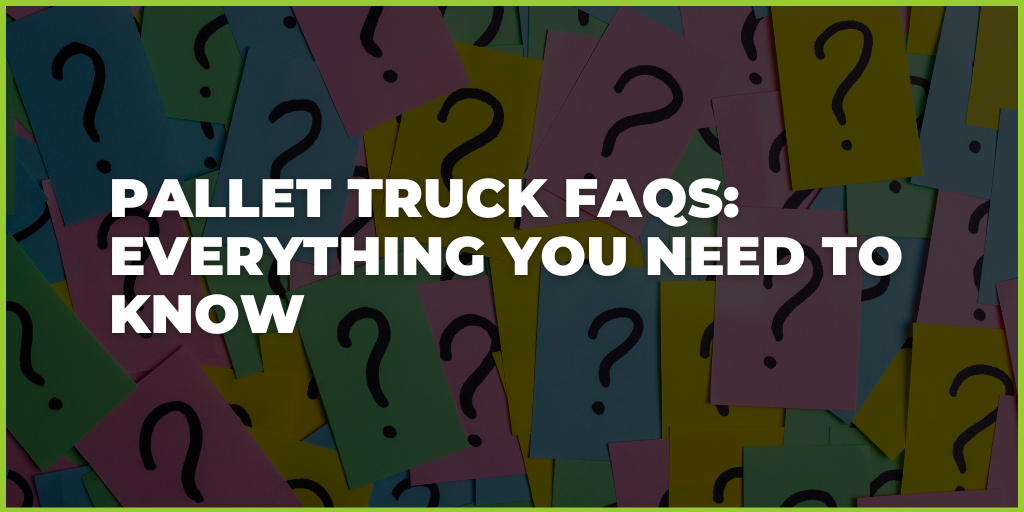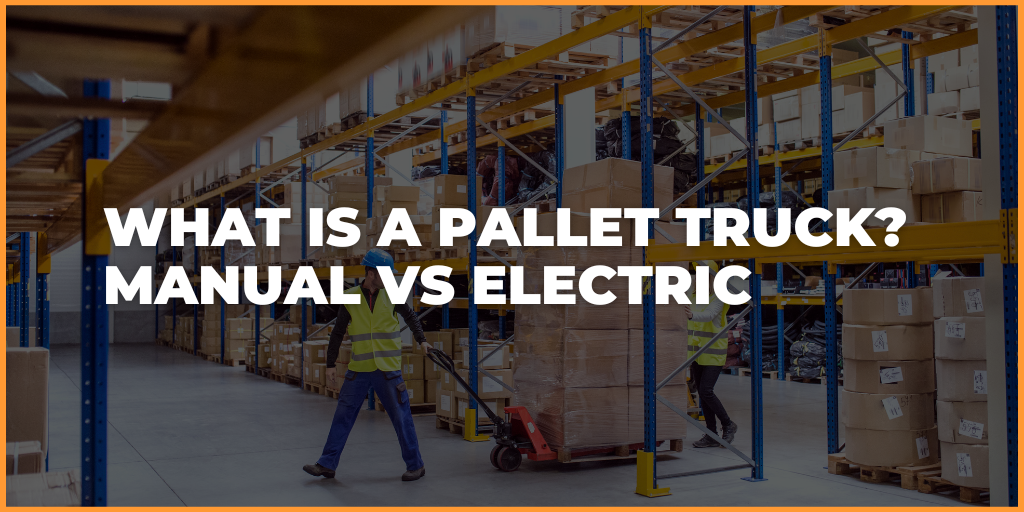As part of this two part blog series we will answer some of the frequently asked LOLER questions.
Within part 1, we will answer:
1. What equipment is covered by LOLER?
2. What is a LOLER thorough examination?
3. What is covered by a thorough examination?
What equipment is covered by LOLER?
LOLER covers all work equipment that is used for lifting and lowering loads. This includes lifting accessories and attachments used to fix, anchor, or support the equipment. Examples of lifting equipment include:
- Patient hoists
- Overhead cranes
- Goods and passenger lifts
- Motor vehicle lifts
- Lifting accessories
- MEWP’s
There are exceptions to the regulations as well which include:
- Escalators
- Tipper trucks
- Fall arrest ropes
- Dentist chairs
Whilst this equipment is not subject to LOLER, it still must be maintained for safety purposes, and may require PUWER inspections if used in the workplace.
What is a LOLER thorough examination?
Under LOLER, a thorough examination is a detailed and systematic inspection of the equipment which is carried out by a competent person at specific intervals. A written report must be produced that contains the following information:
- Examination date
- The date when the next thorough examination is due
- Any defects discovered which are, or could become, a danger to people
In the event that any serious defects are found, the competent person is responsible for verbally notifying the duty holder immediately. This should be followed up with a written report and a copy must be sent to the relevant enforcing authority.
What is covered by a thorough examination?
The specifics of a thorough examination are decided upon by the competent person but should include all matters that may affect the safety of the lifting equipment. Standard methods of inspection include:
-
Measurements of wear
-
Functional checks
-
Visual checks
-
Non-destructive testing
-
Load testing
-
Disassembly/internal examination of parts
It may be useful to produce an examination scheme that outlines:
-
The parts in scope
-
The methods to be employed
-
The examination intervals
As a side note, the examination scheme does not have to be produced by the competent person who carries out the thorough examination – it may be another individual deemed to have the necessary competence. Whilst there is no requirement to maintain the examination schemes in written form, it is a requirement that a written copy can be produced upon request.
In summary
LOLER clearly outlines what is and is not covered by the regulations. However, equipment not covered by the regulations may still be covered by PUWER if used within the workplace. Where a thorough examination is required, the specific nature of the inspection should be defined by the competent person and be appropriate given the lifting equipment in scope. Finally, whilst not a regulatory requirement to be in written form, it is useful to have an examination scheme that outlines the regularity and details of the thorough examinations.
Stay tuned for our second blog that will cover who is responsible for carrying out LOLER thorough examinations, who is a LOLER competent person, and how often LOLER thorough examinations should be carried out.
To read more about LOLER vist LOLER Regulations
.png)




